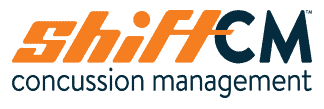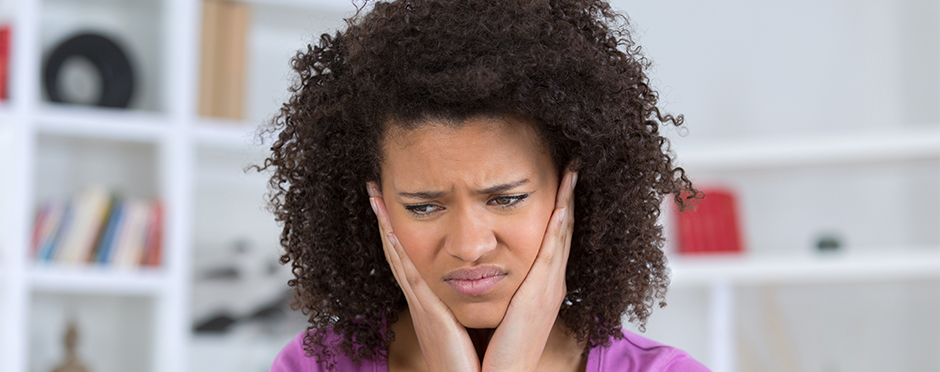Jaw pain from wearing a face mask? The Temporomandibular Joint (TMJ) is a complex joint where every part connects with another. If you are wearing a mask you can’t move your jaw around openly the way you could if you were not wearing it. This lack of movement can cause your jaw to tighten which can result in jaw pain. Additionally, stress may also subconsciously contribute to us clenching more frequently than usual, which creates more pressure within the jaw and thus more pain or discomfort.
Since COVID- 19 our Health Care Professionals at Shift have been seeing an increase in TMJ pain and headaches. Sound like you?
We all know how stressful 2020 and 2021 has been. Stress plays a large role in increasing muscle tension with TMJ/Headaches and throughout the whole body. Wearing a mask can make your jaw tight, especially if you protrude your chin forward or tense your jaw and jaw muscles to try to hold your mask on.
What can you do about it?
1. Be Aware
Your jaw SHOULD be relaxed at rest. This means teeth not touching, lips lightly together, tongue lightly resting on the roof of the mouth (think the word “No” and hold the “N”). When wearing a mask, try not to tense your jaw or push your jaw forward to hold your mask on!
Without even realizing it, you may be pressing your lips together in a pursed position or clenching your teeth under your mask. These are normal human reactions to fear, anxiety, and worry. Additionally, many of us are unconsciously push down on our chin in the attempt to move the mask away, adjust its position, or release the tension of the mask.
2. Ensure Your Ear Loops are Positioned Properly
Pain that can be felt from your ears translates across your jaw joints, and into your face – all within a short time. Some people even get headaches that extend from their ears into their temples. The trigeminal nerve, which runs just in front and above the ear into the scalp can become compressed. Compression through this area from too tight ear straps, goggles, or glasses, can cause facial pain and headaches.
3. Breathe Through the Nose
When we breathe through our mouth, the jaw is held slightly open. This can cause tension to develop in the muscles around the jaw. At rest, we should mainly be breathing through our nose in the position we explained above. Nasal breathing does a better job of adding moisture and warming the air we breathe in, filters dust & pollen, and allows our jaw to stay in a better resting position.
Our Physiotherapists have done extensive training in treating the TMJ. Call us today to book in!


Leave a Reply